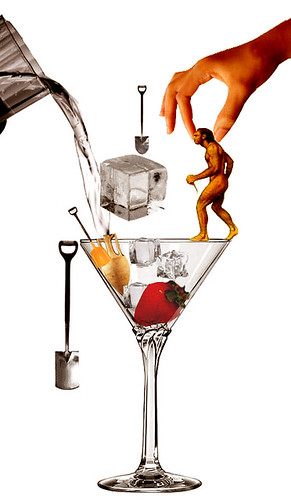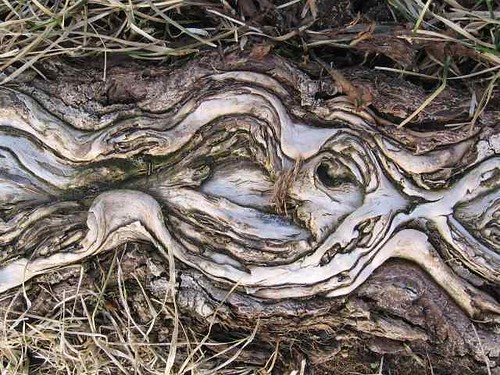Figue-Iris

Red wine and vanilla poaced dried figs and mascarpone semifreddo, originally uploaded by make life sweeter!.
Figue-Iris opens with sweet but crisp fig notes. It’s more of a purple fig than a green one. The iris is there from the start, first crisp and paper-clean, chiming with the fig in a harmony that brings to mind the melancholy of peach skin and lilacs in early summer rain, and makes me wonder if Figue-Iris hasn’t by any chance taken its inspiration from Apres l’Ondee (and do I detect some anise there as well or was it just a ghost in my imagination?) and with the underlining heliotropine it also gives an obvious wink to l’Herue Bleau. But this is only in the beginning. Once the top notes fade out all we are left with is a toned-down version of what used ot be the glorious Guerlinade – an accord of iris, tonka and vanilla that can be found in some proportion in nearly all Guerlain’s perfumes. In this case it’s a modernized version, and gives off a linear impression, losing the initial interest and intrigue.
That being said, I find Figue-Iris to be one of my more favourable Aqua Allegoria installments, and one that is more balanced and easy to wear. My previous favourite, Herba Fresca was most original, but unfortunately it was too sharp and therefore unwearable for me. Another favourite of mine from the line is previous year’s Mandarine-Basilic.
Figue-Iris was almost a love at first sniff. However, what started up promising – both fig and iris are favourite notes of mine – lead to a disappointment. I was ready to pull out superlative sentences that I was saving for a long time for the house of Guerlain – but I suppose I will have to wait for something else to come up. For now I will just say that this is for me the most easy to wear Aqua Allegoria albeit not the most interesting in the way of the dry down, which is a little sweeter and a lot more generic than I hoped for. Still, it is so much better than nearly anything else that has come out recently, and even though I think the idea could have been executed differently and create a thoroughly original fragrance – I think it is one that deserves your attention, especially if you like either iris or fig or are just a die-har Guerlain fan. It may pale in comparison to the Guerlain classics of yesteryear, but it is so much better than Insolence and any of the sticky-fruity Samsara flankers.
On the positive side, thanks for Jean-Paul Guerlain (the nose behind Figue-Iris) for using this opportunity to remind younger audiences of Apres l’Ondee and l’Heure Bleue. I’d like to think that the disappointing dry down was a commercial compromise imposed by Guerlain’s marketing department.








